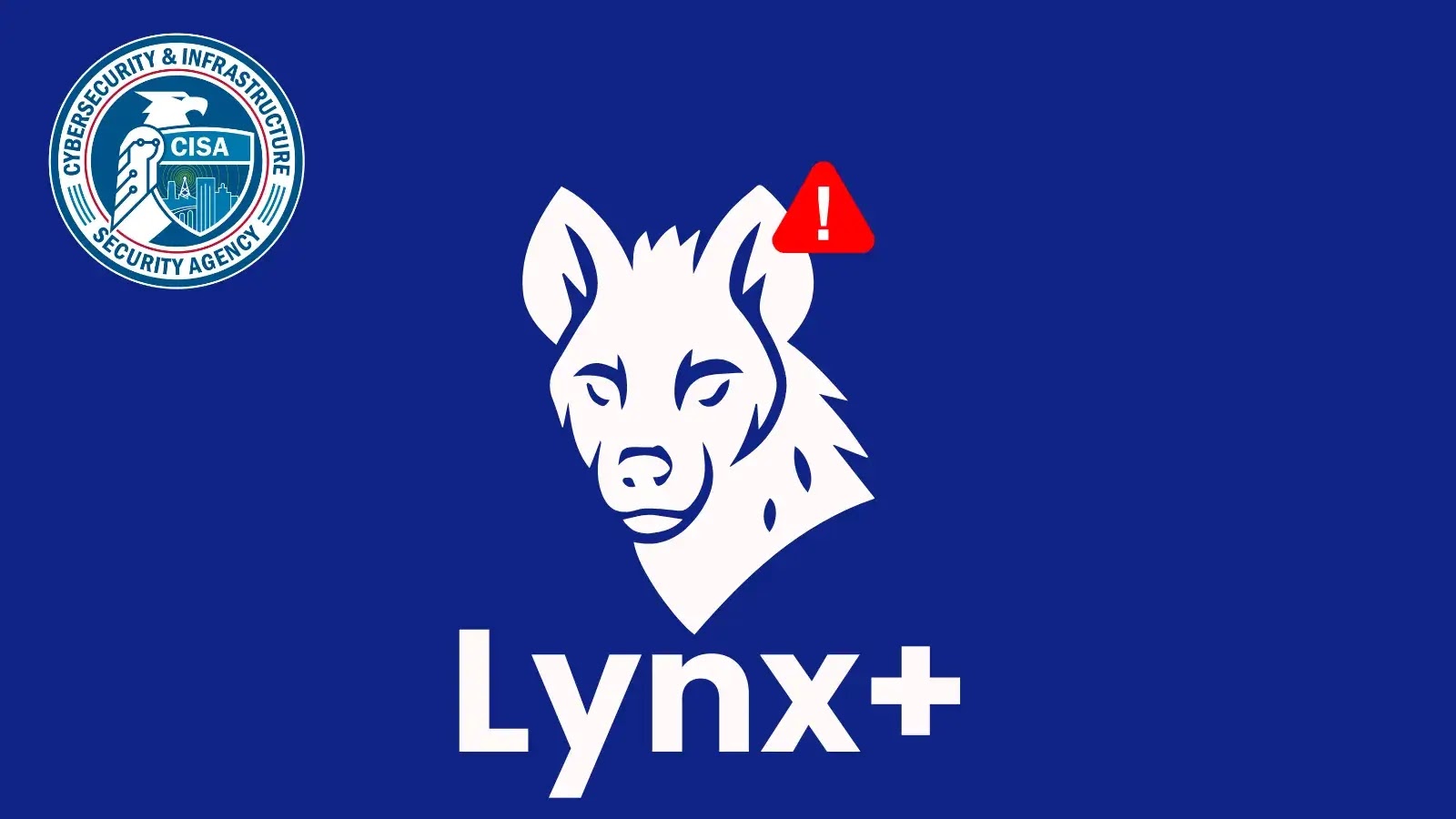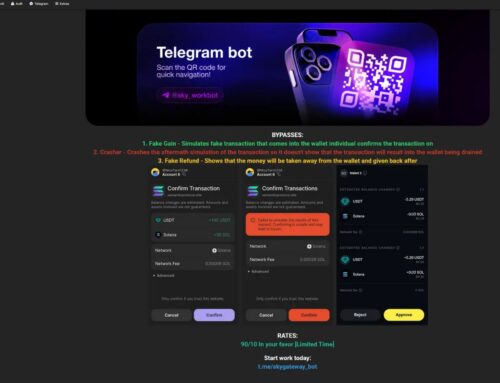
CISA Warns of Critical Lynx+ Gateway Vulnerability Exposes Data in Cleartext
Urgent Warning: CISA Flags Critical Lynx+ Gateway Vulnerability Exposing Data in Cleartext
The digital landscape is a constant battlefield, and a new threat has emerged on the radar of cybersecurity experts. The Cybersecurity and Infrastructure Security Agency (CISA) has issued a critical warning regarding a severe vulnerability in Lynx+ Gateway devices. This flaw, if exploited, could expose sensitive information, including plaintext credentials, during transmission. For IT professionals, security analysts, and developers, understanding and addressing this issue is paramount to maintaining robust security postures.
Understanding the Lynx+ Gateway Vulnerability: CVE-2025-62765
At the heart of this critical alert is a vulnerability tracked as CVE-2025-62765. This specific weakness in Lynx+ Gateway products stems from an inherent design flaw, allowing attackers to intercept network traffic and capture confidential data in an unencrypted format. This means that any information transmitted through an affected Lynx+ Gateway device could be vulnerable to eavesdropping, providing unauthorized access to credentials and other critical operational data.
The ability to obtain plaintext credentials is a significant security risk. Once compromised, these credentials can be used to gain deeper access into networks, systems, and applications, potentially leading to data breaches, unauthorized system control, and extensive operational disruption. The cleartext data transmission aspect of this vulnerability highlights a fundamental security lapse that needs immediate attention.
Impact and Potential Exploitation
The potential impact of CVE-2025-62765 is substantial. Organizations relying on Lynx+ Gateway devices for their network infrastructure are at direct risk. An attacker, positioned to intercept network traffic, could extract a wealth of sensitive information, including:
- Usernames and passwords
- API keys and authentication tokens
- Configuration data
- Proprietary business information
- Customer data
The ease with which this information can be obtained, simply by “catching network traffic,” makes this vulnerability particularly dangerous. It doesn’t require sophisticated exploit chains; rather, it exploits a basic lack of secure transmission protocols. This type of vulnerability is often exploited through man-in-the-middle (MitM) attacks or by gaining access to the local network segment where the gateway operates.
Remediation Actions for Lynx+ Gateway Users
Immediate action is crucial for organizations utilizing Lynx+ Gateway devices. Addressing requires a multi-faceted approach:
- Apply Vendor Patches: The primary and most effective remediation is to apply any official security patches or firmware updates released by the Lynx+ Gateway vendor. Monitor their official channels and support sites diligently for these updates.
- Implement Strong Encryption: Where possible, enforce end-to-end encryption for all data transmitted through the gateway. This might involve configuring VPNs, TLS/SSL for services, or other secure tunneling protocols to encapsulate sensitive communications.
- Network Segmentation: Isolate Lynx+ Gateway devices on a segmented network, limiting their exposure to the broader network and restricting access only to necessary services and personnel.
- Monitor Network Traffic: Implement robust network monitoring tools to detect anomalous traffic patterns or suspicious activity originating from or destined for Lynx+ Gateway devices. Look for unencrypted credential transmission attempts.
- Review Access Controls: Scrutinize and strengthen access controls for Lynx+ Gateway devices themselves. Ensure strong, unique passwords are used, and multi-factor authentication (MFA) is enabled wherever possible.
- Regular Penetration Testing: Conduct regular penetration tests and vulnerability assessments specifically targeting your gateway devices and the network segments they reside in to identify and address weaknesses proactively.
- Educate Users: While not a direct technical fix for this vulnerability, reinforcing secure operational practices and awareness among employees regarding sensitive data handling is always beneficial.
Tools for Detection and Mitigation
Leveraging appropriate tools can significantly aid in detecting potential vulnerabilities and mitigating risks associated with cleartext data exposure:
| Tool Name | Purpose | Link |
|---|---|---|
| Wireshark | Network protocol analyzer for detecting cleartext traffic. | https://www.wireshark.org/ |
| Nmap | Network scanner for identifying open ports and services that could be targeted. | https://nmap.org/ |
| Vulnerability Scanners (e.g., Nessus, OpenVAS) | Automated scanning for known vulnerabilities, including configuration flaws. | https://www.tenable.com/products/nessus |
| Intrusion Detection Systems (IDS/IPS) | Monitoring network traffic for suspicious patterns and potential exploitation attempts. | (Product specific – e.g., Snort) |
Protecting Your Infrastructure





